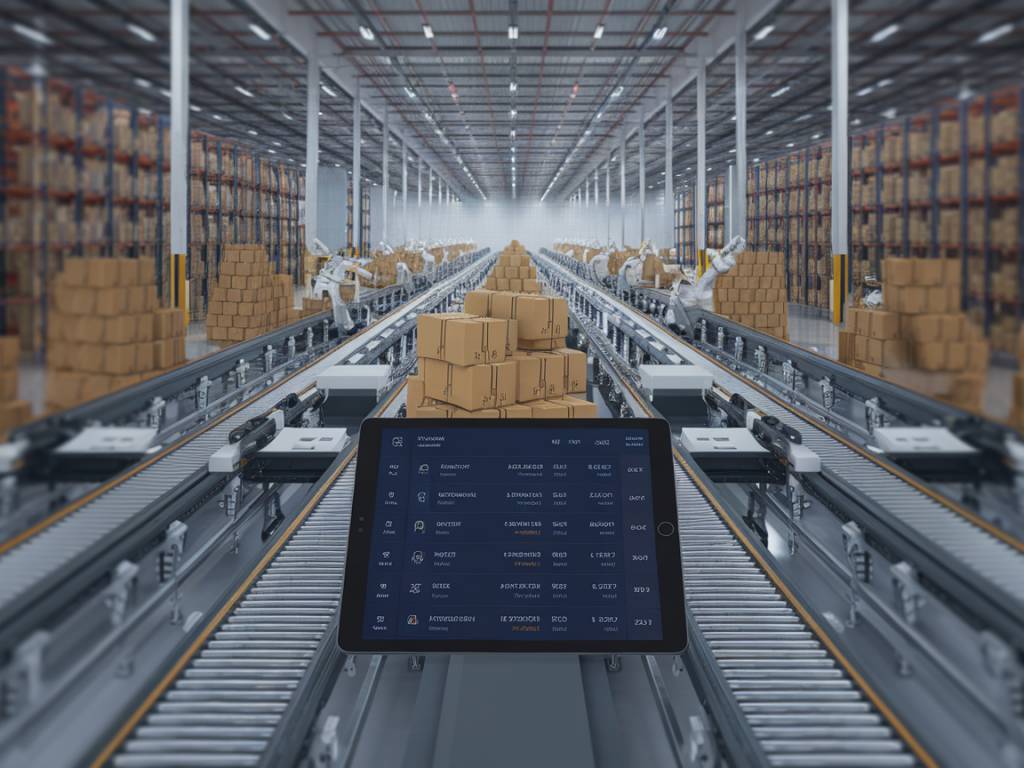The Rise of Digital Wallets: A Paradigm Shift in Global Commerce
In recent years, digital wallets have transformed from a convenient alternative to cash and credit cards into a dominant force in global commerce. What once seemed like a niche payment method has now become an essential tool for businesses and consumers alike. From Apple Pay and Google Wallet to Alipay and PayPal, digital wallets are reshaping the retail landscape and influencing consumer behavior in profound ways.
The Adoption of Digital Wallets: A Rapid and Inevitable Transformation
Several factors have driven the widespread adoption of digital wallets. The increase in smartphone penetration, advancements in cybersecurity, and the demand for seamless transactions have all played a role. According to a report by Statista, the global digital wallet market is expected to reach $7.58 trillion by 2027, signaling an irreversible shift away from traditional payment methods.
Consumers are increasingly favoring digital wallets for their convenience, speed, and integration with other financial services. With just a smartphone, users can complete transactions, transfer money, and even access financial products like loans and insurance. Businesses, too, have embraced digital wallets to streamline payment processing, reduce overhead costs, and enhance customer experiences.
Enhancing Consumer Behavior: Convenience Over Everything
One of the most significant ways digital wallets are altering global commerce is by changing how consumers approach payments. With instant transactions and reduced reliance on physical cash, digital wallets encourage impulse buying and increase customer retention. Retailers have also capitalized on this by integrating loyalty programs, cashback rewards, and personalized promotions directly into digital wallets, further incentivizing spending.
For instance, Starbucks’ mobile payment app, which includes a built-in loyalty program, has become a case study in how digital wallets can drive customer engagement. The app allows users to pay effortlessly while earning rewards, leading to increased frequency of purchases. In 2023, mobile payments accounted for nearly 40% of Starbucks’ U.S. transactions, showcasing the power of digital wallets in cultivating brand loyalty.
Disrupting Traditional Banking and Payment Infrastructure
The rise of digital wallets is also challenging traditional banking services. Fintech companies such as PayPal, Square, and Revolut are bridging the gap between digital wallets and financial services, providing users with banking alternatives that include budgeting tools, savings accounts, and even investment options.
Moreover, digital wallets are making cross-border transactions easier and more affordable. Previously, international money transfers involved hefty fees and long processing times. Today, services like Venmo, Wise, and Alipay enable real-time, low-cost transfers, offering a more efficient solution for global commerce. This development is particularly crucial for e-commerce businesses, which benefit from reduced friction in international transactions and expanded global customer bases.
Security, Privacy, and Challenges to Overcome
Despite their rapid adoption, digital wallets are not without challenges. Security concerns remain prevalent, especially with the increasing sophistication of cyber threats. While technologies like tokenization and biometric authentication have improved fraud prevention, data breaches and phishing attacks continue to pose risks.
Additionally, regulatory frameworks worldwide are still catching up with the digital payments revolution. Governments and financial institutions are working to establish secure, interoperable ecosystems that balance innovation with consumer protection. In regions where digital payment infrastructure is less developed, adoption rates are slower due to limited access to smartphones and mobile networks.
What Lies Ahead: The Future of Digital Wallets
Looking ahead, the role of digital wallets in the global economy is set to expand further. Emerging technologies, such as blockchain-based payments and central bank digital currencies (CBDCs), could integrate seamlessly with digital wallets, offering even greater security and financial accessibility.
Moreover, the rise of the metaverse and digital assets could push digital wallets beyond traditional financial transactions. Companies like Meta are already exploring wallet solutions for virtual economies, allowing users to make purchases and trade assets in digital environments.
As the adoption of digital wallets continues to surge, businesses that embrace this shift will likely gain a competitive advantage. Whether through streamlined payment experiences, integrated financial services, or enhanced security features, digital wallets are not just shaping commerce—they are defining the future of how we interact with money.



